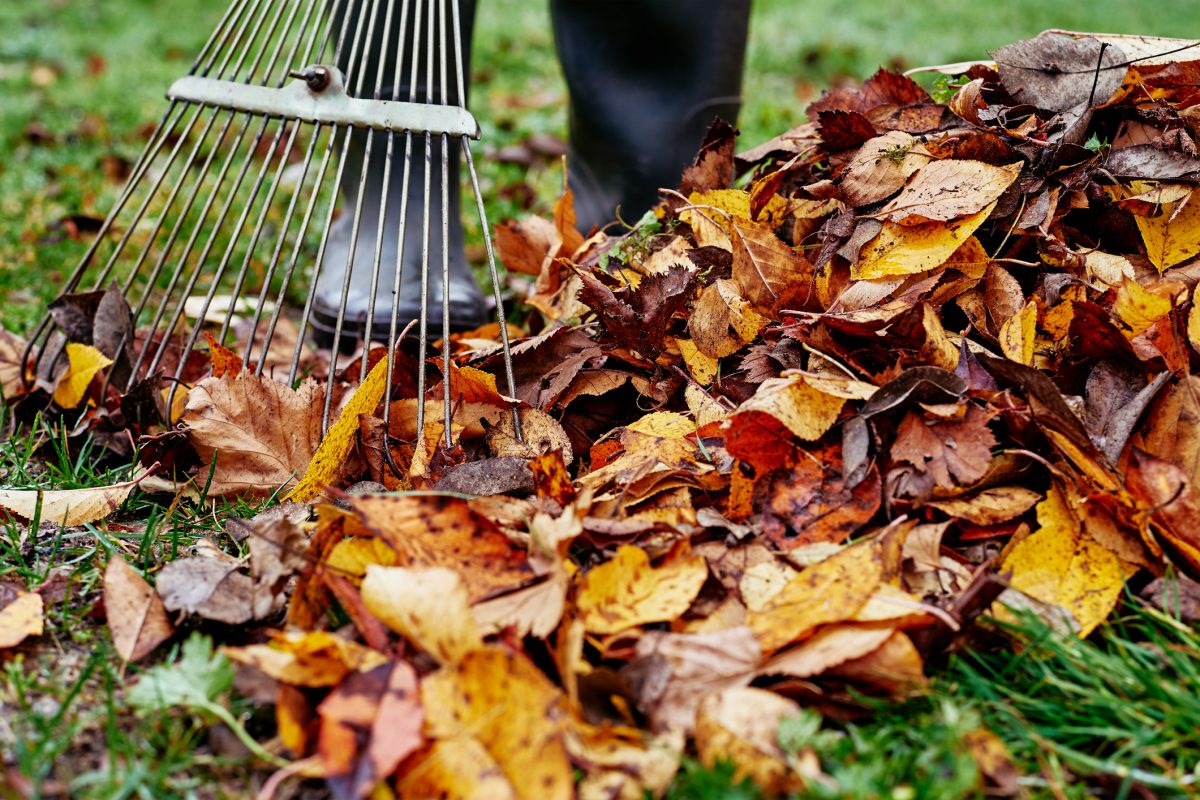Make Your Home Feel Cozy This Winter

Make Your Home Feel the Cozy This Winter It’s wintertime in the nation’s capital! We hope you’re enjoying the festivities and sights around town. While the winter months may provide us with this beautiful landscape covered in snow, they’re also quite cold and gloomy at times. One of the best ways to combat the […]
Should you redo your floors?

Should you redo your floors? Floors have a dramatic effect on your home’s decor. If you think about it, they’re some of the largest surfaces inside of your home – meaning they take up quite a lot of the space, visually. Your floors serve a functional purpose too, meaning they may have taken quite […]
Moving with Pets

Moving with Pets Moving can be an incredibly exciting experience. A new home, surrounded by new people and maybe even a new neighbourhood to explore. On the flipside, it can also be quite stressful. There are strict deadlines that have to be met, and many parties who require clear and frequent communication. Luckily, our […]
Bring Your Gardening Hobby Indoors

Bring Your Gardening Hobby Indoors Just because the weather is getting cooler doesn’t mean your gardening hobby has to take a back seat. Luckily, there are many approaches you can take with a variety of different styles to make your indoor garden just as fabulous as outdoors. In this article, we’ll list some tips, […]
Fall Maintenance Checklist

Fall Maintenance Checklist It’s September, and fall is in full swing. As the seasons change, the national capital region will put a wide variety of colours on full display for us to enjoy. But while the leaves are beautiful, they can provide their own set of tasks to deal with. Your property will need […]
Summer Curb Appeal

It’s Prime Curb Appeal Season! Ottawa is a city full of natural beauty. From the outskirts to the city centre, you’re guaranteed to find green spaces and gardens full of colour around almost every corner. Now that summer is in full swing, it’s time to start thinking about your own curb appeal. It doesn’t […]
First Time Homebuyer Resources

Your First Home is a Big Deal. Buying your first home is monumental. It’s a huge financial investment and a major life milestone. Unfortunately, nowadays it’s more difficult than ever to make the purchase by yourself. Luckily, in a market as diverse and ever-evolving as ours, there are many resources available for first-time homebuyers. […]
Five Ways to Downsize Your Home

When it comes to downsizing, many people naturally associate it with retirees or empty nesters. While there is no argument that that is a great time in life to look at the downsizing options available, in actuality, people of all ages and various lifestyles are choosing to downsize for a multitude of reasons, with all […]
Turning Out The Lights on Wasted Energy
How to Make Your Home Energy Efficient This Cold Season Whether we like it or not, the cold weather months are just a stone’s throw away now. While some are looking forward to plush blankets, fuzzy socks, and cozy sweaters, others are dreading the bills they will receive once they have to turn the heater […]
6 Things To Do Before Settling Into Your New Home

Buying a home is an exciting time for both new home buyers and experienced buyers alike. It is a fresh start, with new walls to build your life within. However, once the move begins, things can feel stressful, frantic, and exhausting, especially if there’s extra work to be done while boxes are being piled one …
6 Things To Do Before Settling Into Your New Home Read More »